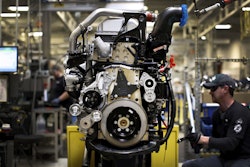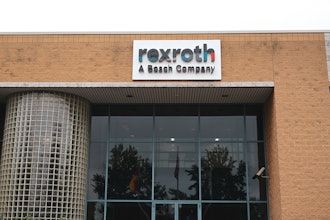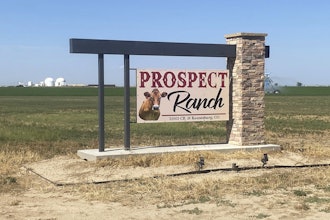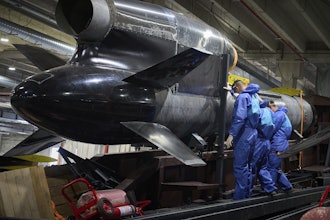There are few drinks as iconic as a pint of Guinness. It might, therefore, surprise beer connoisseurs to learn that the DNA of the all-important brewing yeast — the building blocks of the perfect stout — is the same as that which encodes the yeast required to brew a clean, crisp lager.
That is the key implication to emerge from a genetic study carried out by researchers at Trinity College Dublin and UCD, which attempted to build a family tree of brewing yeasts through the ages. The geneticists analyzed the genomes of 76 different strains of yeast taken from wineries, distilleries, bioethanol plants, bakeries, laboratories and natural isolates as they sought to paint a more complete picture of yeast evolution.
Lager yeasts are classified as either Group I or Group II. The Group II lager yeasts share DNA with Stout yeasts and, interestingly, with strains that are used to brew a South Indian specialty called Toddy. Such a connection implies that toing and froing between continents in years gone by helped introduce particular strains to our brewing armory.
Associate professor in microbiology in the School of Genetics and Microbiology at Trinity College Dublin, Ursula Bond, was one of the researchers behind the discovery.
She said, “We know that lager yeasts are ‘hybrids’ that emerged from a fusion between two yeast species about 500 years ago. The search has been on ever since to discover the parents that contributed to the genome of these species.”
The detailed findings, which have just been published in the peer-reviewed publication FEMS Yeast Research, provide other insights into how the two groups of modern-day lager yeasts evolved. The geneticists believe that Group I and II yeasts arose by independent fusion events with a yeast species that was only formerly discovered in 2011.
This species was found in Patagonia and in China, but has never been found in the wild in Europe. The current hypothesis used to explain its presence in some of our favorite beers is that it came here on ships returning from the New World, or from trade links established with China along the Silk Road.
Bond added, “The research has uncovered new links between stout, ale and lager yeasts. Stout brewing originated in the British Isles. It is intriguing to speculate that the DNA similarities between stout yeasts, Group II lager yeasts and Toddy yeasts may indicate that colonial connections contributed to the exchange of yeast strains between India and England.”
Only further genome analysis will fully unravel the family tree connections. The group, which also comprises researchers Chandre Monerawela and Tharappel James from Trinity, and Ken Wolfe from UCD, is now involved in a project to sequence the Stout and Toddy yeast strains as they seek answers to some of these questions.





















